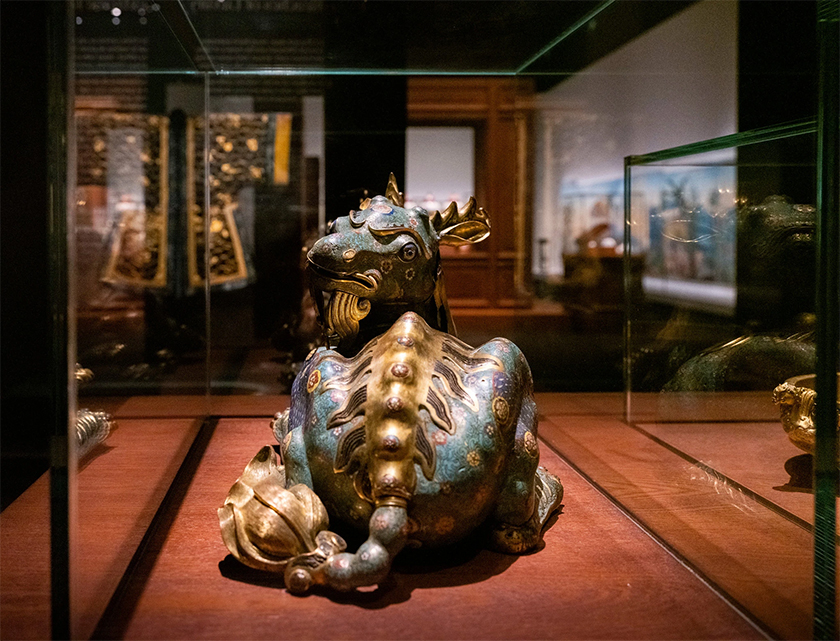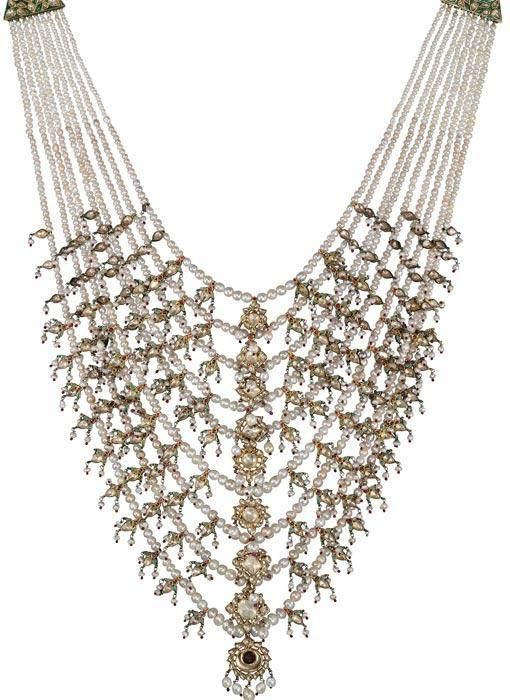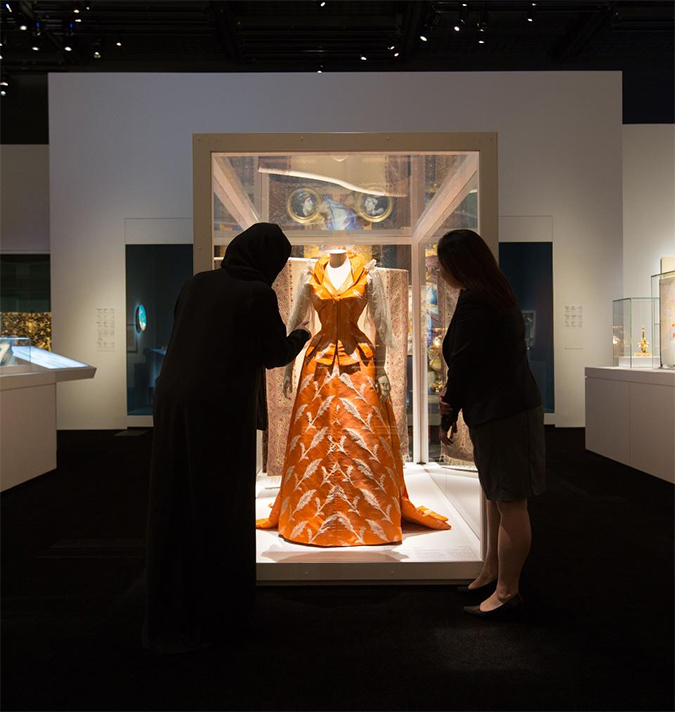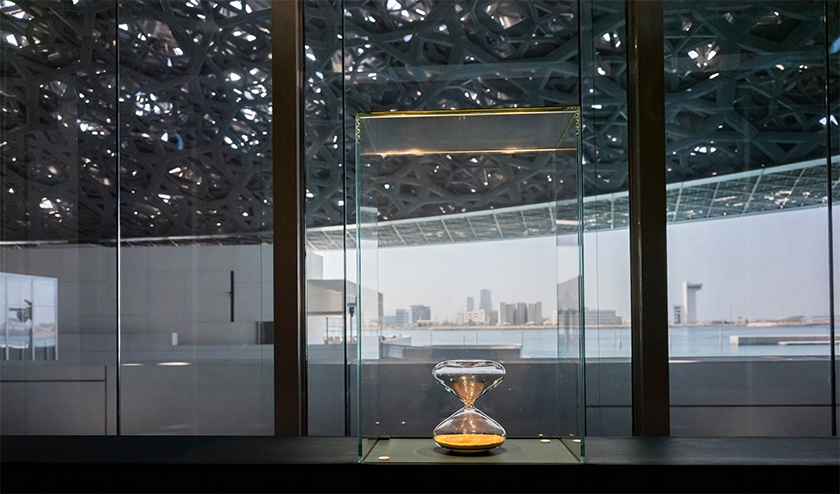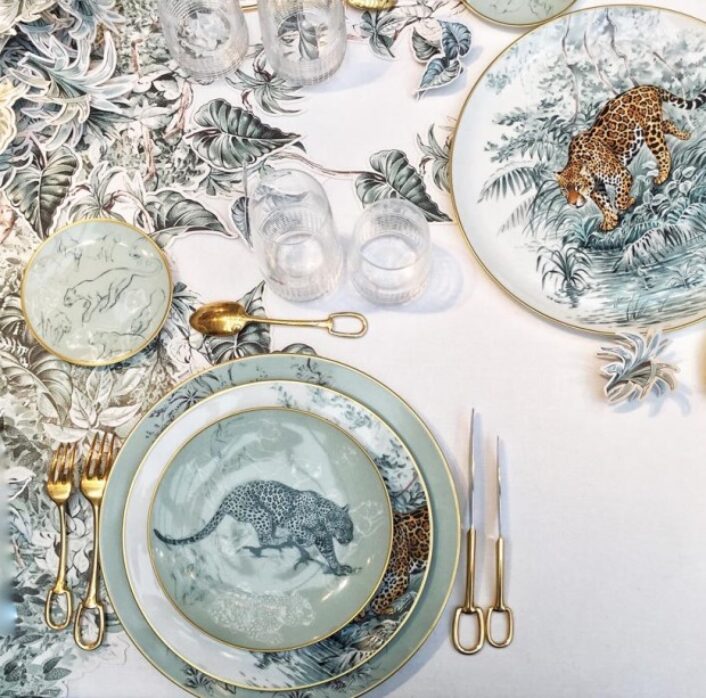To be clear, there isn’t a single object that emerges as the one symbol of luxury. The exhibition begins with a recently discovered 8,000-year-old pearl whose origin suggests that it was treasured by the Neolithic people of Marawah. Thousands of years ago, this group was believed to engage in pearl trade with nearby civilizations. The pearl shows parallels between limited natural resources and the change that goes into luxury items when they move through talented hands.
In the same display case is a stunning necklace that belonged to Umm Kulthum, the late Arab diva. On loan from the collection of the Zayed National Museum, the contradiction between the “before and after” spanning 10,000 years is astounding.
